Catalyst or Hindrance?
By Chris Hulshof
A Hindrance
Jeremy made his way into the sanctuary at Cornerstone Fellowship. After adjusting to his new church and these new surroundings, he was slowly feeling comfortable and confident. The adjustment wasn't easy for a newcomer, much less a blind newcomer.
This particular Sunday, as Pastor Williams talked about sin, he said something to the effect of, "Sin is like being blind. You can't see things. You stumble. You trip. You miss things." Jeremy couldn't tell, but he wondered if everyone was now looking at him. He wondered if those around him now saw his blindness as sin. "Do they think I am blind because of something I did years ago?" he thought to himself.
Kelli was glad that 8th Street Bible Church had made a place for her and her interpreter Janice. She was thrilled when Pastor Livingstone volunteered to email Janice sermon notes for the Sunday morning sermon. It helped Janice better interpret for Kelli. Yet this Sunday, Kelli and Janice did not know what to make of Pastor Livingstone's example.
Pastor Livingstone was talking about disobedience and the way that sin and disobedience hamper your ability to hear the voice of God. The pastor said, "Sin is like being deaf. You can’t hear things you should. Things don't sound right, and you miss the things you should hear. You can’t hear things whispered or things shouted. Because of sin, you are deaf to the voice of God. You just can’t hear it." Both Kelli and Janice began to feel singled out. “Was the pastor implying that there was a connection between deafness and sin?” “Did the congregation think that Kelli's deafness was due in part to a particular sin in her life?” “Is my everyday reality just a continual picture of a life of sin?” These were just some of the questions now swirling around in both Kelli’s and Janice’s mind?
While these two examples are not related to any particular situation, they are connected to how disability can be negatively portrayed in the church. It is often used as an example to describe that which is a hindrance to faith and growth in the Christian life.
A Catalyst
The Gospel accounts of two of Jesus’s healing miracles, the healing of Jairus’s daughter and the healing of the woman with the issue of blood, present us with a different way to present disability (Mt. 9:20-22, Mk. 5:25-34, and Lk. 8:43-48). In all three accounts, these stories are told in an interchanging manner. The point of this back-and-forth record is so that we understand these two stories together rather than as two separate stories. Together they function as one unified story.
Jairus has approached Jesus seeking healing for his deathly ill daughter. Jesus agrees, and they head to his house. On the way there, they are interrupted by a woman who has had a continuous bleeding issue. She touches Jesus and is healed. Jesus stops the procession, confronts the woman, and gives the woman the opportunity to express her faith and belief. In the meantime, men have come to give some bad news to Jairus. His daughter has died.
It is against this bleak situation that Jesus does something remarkable. He uses the faith of this once disabled woman as a catalyst for faith in Jairus. Jairus is being pressed to give up and go home. But Jesus won't let him go so easily. Jesus tells Jairus, "Don't be afraid; just believe" (Mk. 5:36).
Jairus has shown faith by coming to Jesus and requesting healing for his daughter. He has also seen faith in the healing of the hemorrhaging woman. Jesus is asking him to keep believing in his power to heal despite the situation. In other words, it’s as if Jesus is telling Jairus, “You have seen what I can do in a hopeless situation. I have healed someone who was as good as dead. Keep believing that I can do the same in your hopeless situation. Keep believing that I can heal your daughter who is dead.” If Jairus had any doubts, he simply needed to look around at the recently healed woman, and the faith that she had modeled in front of him. This once disabled woman becomes the catalyst for Jairus’s faltering faith.
An Opportunity
Catalyst or hindrance? All too often, the way that disability is presented in the church is as a hindrance to faith rather than a catalyst for faith. When was the last time that an illustration or example in the sermon cast a disabled individual in a faith-forming light? Can you recall a time in your church when the person who gave the testimony or the person who opened the worship service with prayer was an individual with a disability? Do you have the opportunity to hear from those who are disabled so that you can be encouraged and your faith strengthened?
For many, the answer here is, "no." We are more likely to hear disability addressed as a hindrance to faith rather than a catalyst for faith. This was not so with Jesus. For Him, this once disabled individual was the faith influencer and the encouragement for a man who had every reason to waiver in his faith.
